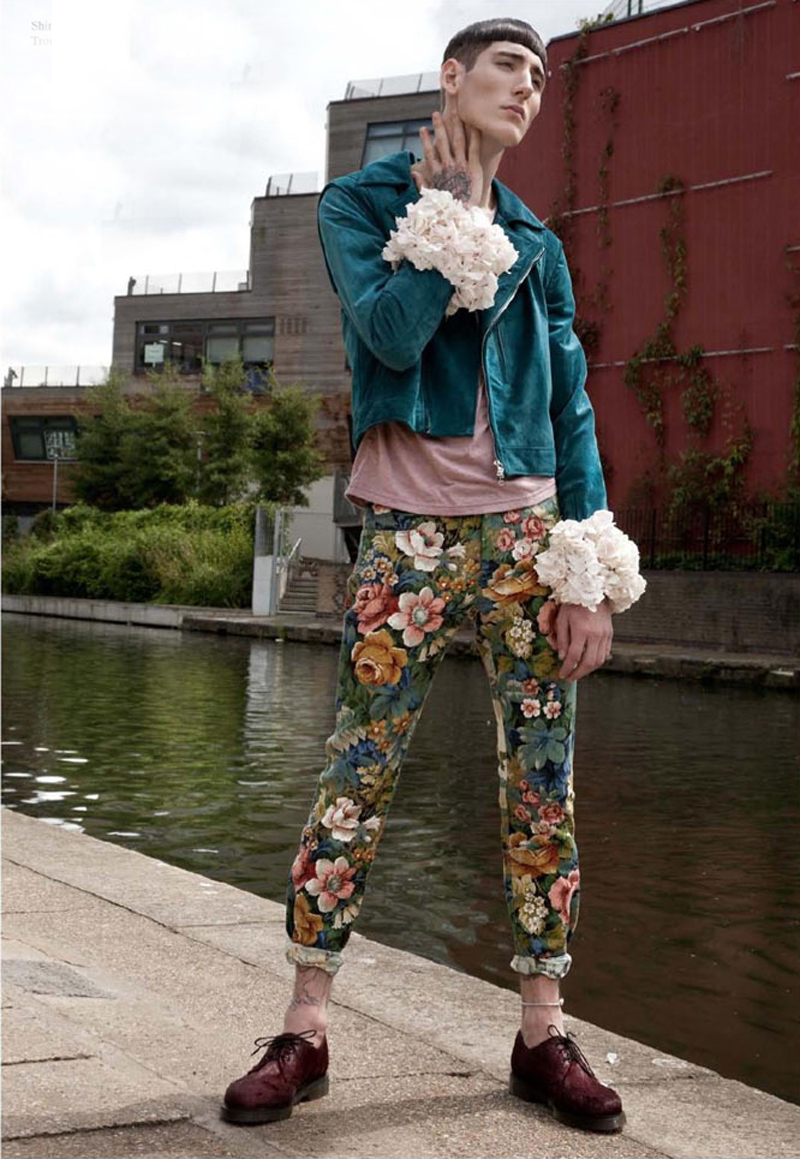EVER since I moved three years ago to Portland, Ore., that hotbed of all things hipster, I’ve been trying to get a handle on today’s youth culture. The style is easy enough to describe — the skinny pants, the retro hats, the wall-to-wall tattoos. But style is superficial. The question is, what’s underneath? What idea of life? What stance with respect to the world?
Previous youth cultures — beatniks, hippies, punks, slackers — could be characterized by two related things: the emotion or affect they valorized and the social form they envisioned.
So what’s the affect of today’s youth culture? Not just the hipsters, but the Millennial Generation as a whole, people born between the late ’70s and the mid-’90s, more or less — of whom the hipsters are a lot more representative than most of them care to admit. The thing that strikes me most about them is how nice they are: polite, pleasant, moderate, earnest, friendly. Rock ’n’ rollers once were snarling rebels or chest-beating egomaniacs. Now the presentation is low-key, self-deprecating, post-ironic, eco-friendly.
The millennial affect is the affect of the salesman. Consider the other side of the equation, the Millennials’ characteristic social form. Here’s what I see around me, in the city and the culture: food carts, 20-somethings selling wallets made from recycled plastic bags, boutique pickle companies, techie start-ups, Kickstarter, urban-farming supply stores and bottled water that wants to save the planet.
Bands are still bands, but now they’re little businesses, as well: self-produced, self-published, self-managed. When I hear from young people who want to get off the careerist treadmill and do something meaningful, they talk, most often, about opening a restaurant. Nonprofits are still hip, but students don’t dream about joining one, they dream about starting one.
The small business is the idealized social form of our time. Our culture hero is not the artist or reformer, not the saint or scientist, but the entrepreneur. (Think of Steve Jobs, our new deity.) Autonomy, adventure, imagination: entrepreneurship comprehends all this and more for us. The characteristic art form of our age may be the business plan.
Read the full article at The New York Times

















